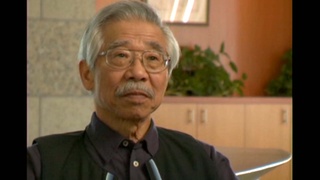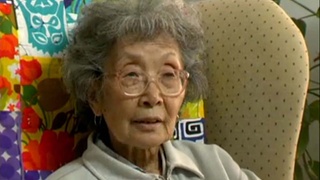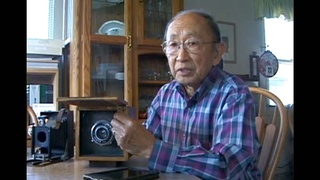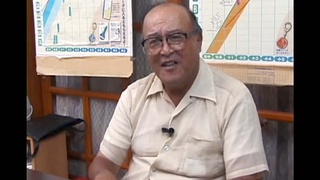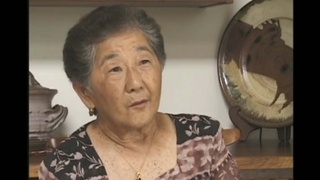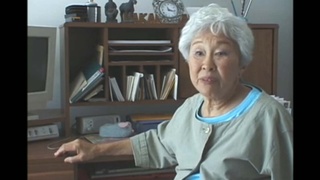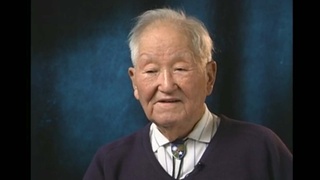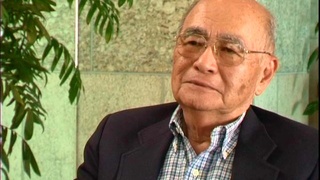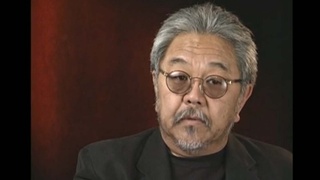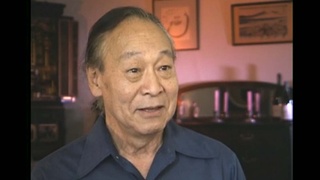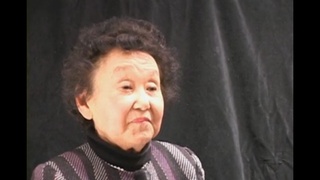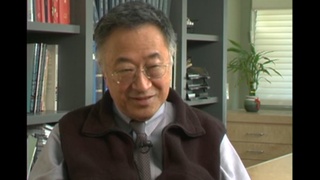Interviews
Seagulls
The seagull thing was one of, another pastime because what we do is, is you get the string and, and thread, and you tie a piece a bread. Tie it with the string and you maybe put about a dozen or two mixed in with the other bits of bread. The seagulls that come about flying, they would swallow it. And they won't regurgitate it because they haven't got the intelligence so they're like fish -- you gotta bring them in.
And uh, we opened the wings and...not, this not oil paint, now we're using, this is poster paint. So it washes off in the rain. We used to paint the hinomaru, you know, the red circles and release them, you know? So we had about 24 of them flying around the camp. And everybody would be saying "Oh my" and so they'd be clapping; they'd be... They'd raise the morale a bit.
Now the army, the military didn't like that. So they shot them. From the air. From the watchtowers they 'em all. All of them. Some ran away, maybe. So that was... so we stopped that, um, the catching of the seagulls, you know. My, my mother found out that my brother and I were doing it so she told us don't do that again, you know?
Date: June 29, 2012
Location: California, US
Interviewer: Chris Komai, John Esaki
Contributed by: Watase Media Arts Center, Japanese American National Museum

